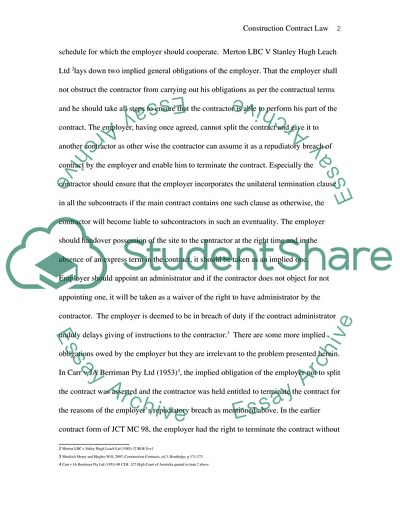Cite this document
(Construction Contract Law Case Study Example | Topics and Well Written Essays - 2500 words, n.d.)
Construction Contract Law Case Study Example | Topics and Well Written Essays - 2500 words. Retrieved from https://studentshare.org/law/1734118-construction-contract-law
Construction Contract Law Case Study Example | Topics and Well Written Essays - 2500 words. Retrieved from https://studentshare.org/law/1734118-construction-contract-law
(Construction Contract Law Case Study Example | Topics and Well Written Essays - 2500 Words)
Construction Contract Law Case Study Example | Topics and Well Written Essays - 2500 Words. https://studentshare.org/law/1734118-construction-contract-law.
Construction Contract Law Case Study Example | Topics and Well Written Essays - 2500 Words. https://studentshare.org/law/1734118-construction-contract-law.
“Construction Contract Law Case Study Example | Topics and Well Written Essays - 2500 Words”, n.d. https://studentshare.org/law/1734118-construction-contract-law.


